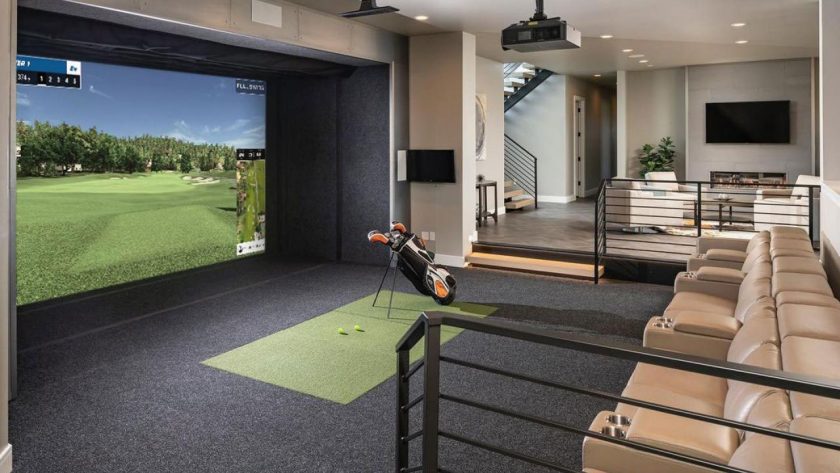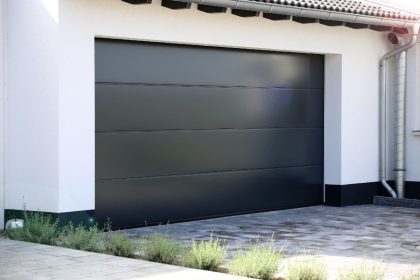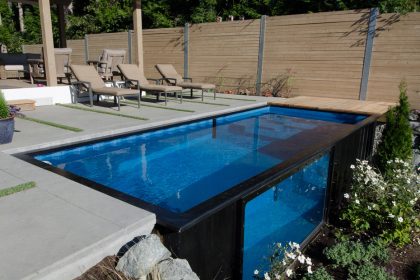Home simulators are motorized mechanisms that replicate real-life experiences or environments by creating virtual representations of them. It allows you to immerse yourself in the virtual reality of a particular activity from the comfort of your home, whether racing a car, flying a plane, or playing golf.
To make these experiences similar to reality, it recreates the sounds, sights, and physical sensations of reality. To put it simply, home simulation is recreating our reality in the virtual world.
In this article, we’ll explore different types of home simulators and the function of linear actuators in them. So, let’s get started.
Home Simulator Types
Home simulators are created to replicate specific activities and experiences. Some of these specialized simulators are discussed below.
-
Golf Simulator
Picture this. You’re playing on a golf course, and when you hit the ball, you can see the ball’s spin rate, the launch angle, shot dispersion, and the effect of any external factor on the ball.
But the thing is, you’re not really on a golf course; in reality, you are on a hitting mat in your garage that you turned into a makeshift golf course.
In fact, the grass-like surface on which you hit the ball is a hitting mat with a swing sensor. The sensor captures all the data about your swing – like the swing path and clubhead speed. And because this sensor is synchronized with the simulation software, it transmits the captured data to it. In turn, the software translates it into a virtual representation of your shot. This translation is displayed on the projector. That is what a golf simulator is.
-
Flight Simulator
A flight simulator creates a depiction of a flying aircraft and immerses you in it, so it feels like you are actually flying a plane. The simulator replicates the exact motions and surroundings of a flying aircraft. There are the yoke, throttle, and rudder pedals used to navigate the plane. There are also virtual landscapes, water bodies, weather conditions, and other natural sights.
Flight simulators are mostly used in pilot training and type-rating certifications. However, it is possible to have one made at home.
-
Racing Simulator
A racing simulator successfully recreates an authentic driving experience. Distinct features of driving like aerodynamics, braking, weight transfer, etc. are perfectly mirrored. The stimulators also come with a steering wheel, gearshift, pedals, virtual tracks, a motion platform, and other components of a real car.
To see how this works in detail, check out this project done using track linear actuators.
4, Space Simulator
As virtual systems, space simulators allow you to explore planets, galaxies, asteroids, and other celestial bodies in outer space from the comfort of your home. The simulators recreate the behavior of objects in space when real-life conditions like thrust, gravity, inertia, etc. are concerned. Simulators can also replicate space-related activities like spacewalks and spacecraft piloting.
Role of Linear Actuators In Home Simulators
Linear actuators play a crucial role in the functioning of home simulators. Indeed, they are to simulators what an engine is to a car. Without them, a simulator cannot be so-called.
Linear actuators are a form of motorized propeller, and they are responsible for motion in a home simulator. They are used to generate linear motion, i.e., one-dimensional movement along a straight line.
In a home simulator, these are movements and vibrations made to replicate the motion of a real aircraft, car, or golf course. It is the movement that makes the experience in the simulator appear real.
Ideally, linear actuators form a part of the motion platform in a simulator. And even though it is the motion platform that replicates the movements, this is only made possible when it extends or retracts the actuator.
Linear actuators are also useful for providing force feedback in home simulators.
Force feedback is the simulation of the real-life effect of a physical action. To explain this clearly, imagine you’re on a golf simulator. When you swing the physical ball towards the projector, linear actuators interpret the impact of the swing and transmit it to the simulator. It is from this transmission that the projector displays the real-time effect of your hit.
Ultimately, linear actuators in motion platforms help home simulators create a more realistic and engaging experience for users.
Is a DIY Home Simulator Possible Using Firgelli Linear Actuators?
Over the years, people have opted for a DIY home simulator for several reasons. While some consider it more cost-effective, others appreciate the ease of customization.
Whatever your reason for opting for a DIY, one thing you should pay attention to is the linear actuators. The actuators you use have a defining effect on how your simulator turns out. That said, you want to look out for brands that are well-known for their DIY accessories.
Linear actuators are used in various home automation projects and are even more perfect for your home simulators. When using actuators for your home simulators, here are some to-dos and tips.
-
Establish the Motion Criteria
First, you should determine the type and range of motion you want to replicate in your home simulator. After this, consider the dimensions and weight of your simulator rig. This is to make sure that the chosen linear actuators can handle the load and provide the required range of motion.
-
Choose the Suitable Linear Actuator
Linear actuators come in different speed options, stroke lengths, and force capacities. Doing this allows you to find the actuator that aligns with your motion requirements making set up easier.
-
Build and Design the Motion Platform
After picking out the linear actuator, you’ll have to design the motion platform that will house the actuator.
-
Wiring and Control
All Firgelli actuators come with wiring manuals. Let this manual guide you in connecting the linear actuators to an energy source and a command system.
-
Testing and Integration
The concluding lap of your DIY home simulator is to test-run it and ensure that the motor platform and linear actuator complement each other and are functioning as they should. To achieve the desired result, adjust the settings and control mechanisms as needed.
Finally, link the motion platform to your desired simulation software in order to sync its movements with the virtual environment. Without a doubt, there is a world of endless possibilities using actuators.




